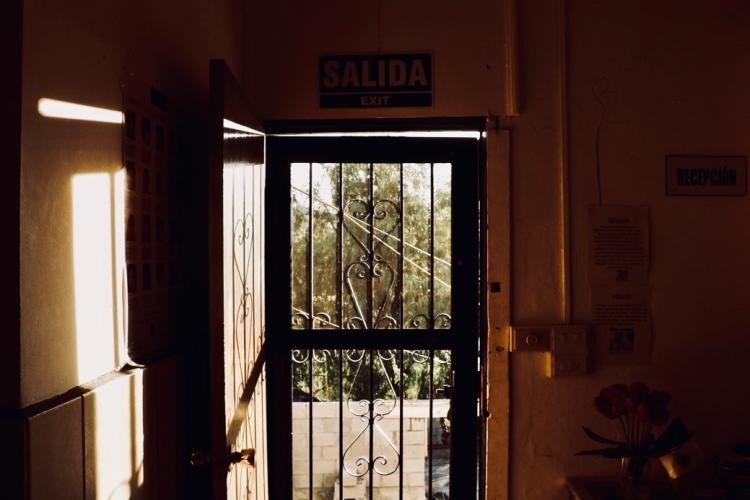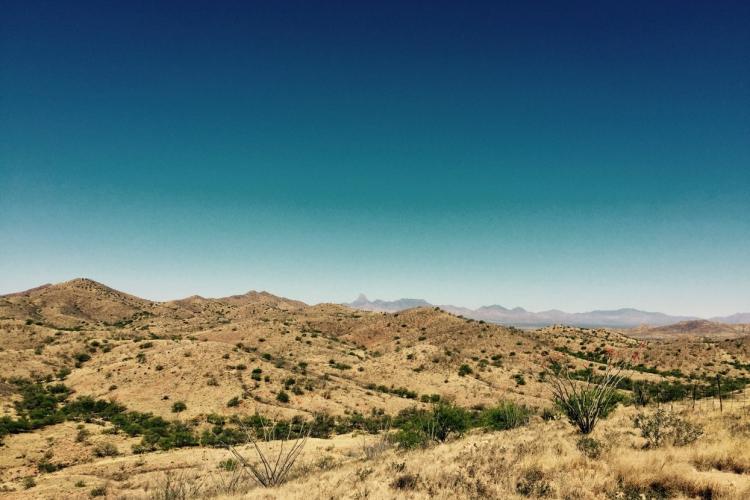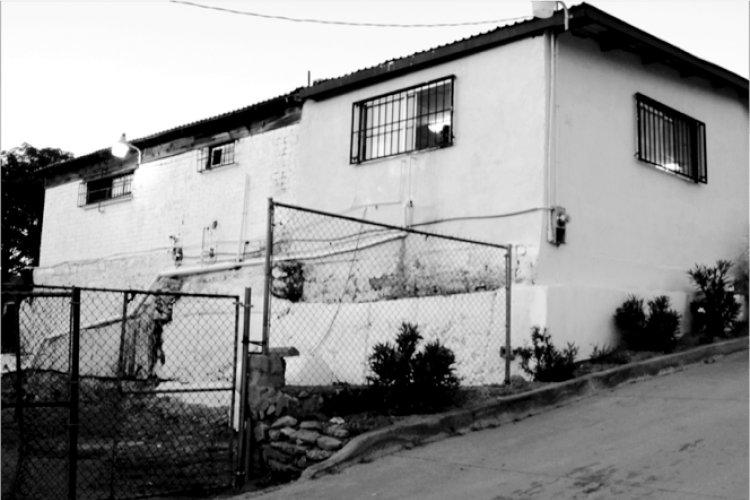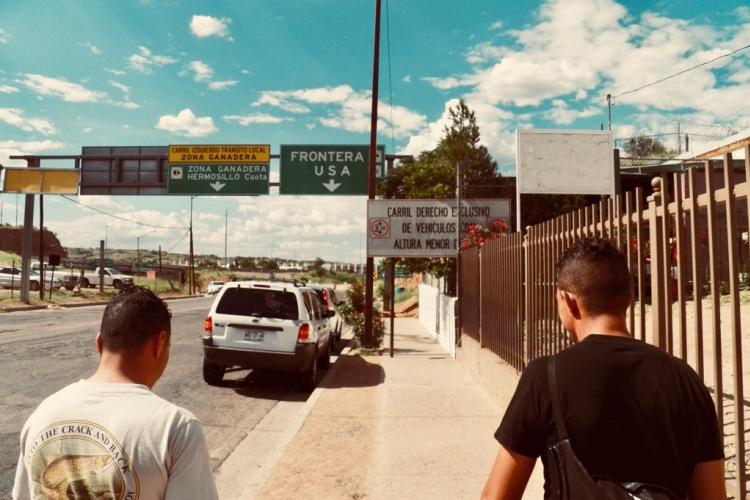From the Field: Desperate Spaces of Survival: Clandestine Migration on the Arizona-Sonora Border
Posted:
Time to read:
Guest post by Bill De La Rosa, MSc Student in Criminology at the Centre for Criminology, University of Oxford. His research examines border controls, human smuggling, and the convergence of immigration and criminal law. Bill is on Twitter @DeLaRosaBill.
Melvin wore an oversized, crisp, white t-shirt, dusty blue jeans, and a pair of worn-out Converse sneakers. A large scar on the left side of his head separated his grey spiky hair. ‘They murdered two of my sons,’ he slowly uttered. By ‘they,’ Melvin was referring to the brutal gangs that have shrouded communities in the Northern Triangle of Central America. He bent forward, pointed to his head, and continued: ‘They nearly killed me. It’s because of organized crime—it’s practiced a lot in Guatemala.’ His emotions wavered as tears began to fill his eyes. ‘Well, it’s painful because the police didn’t do anything. The state didn’t do anything. There aren’t any rights in Guatemala. The right to live is not respected.’
During the summers of 2014 and 2015, I conducted an ethnographic study of clandestine border crossings at a migrant shelter in Nogales, a Mexican town bordering the United States (U.S.). It was here where I met Melvin. He was one of sixteen men I interviewed to understand why and how migrants risked their lives unlawfully crossing the Arizona-Sonora border through the treacherous Sonoran Desert of Arizona. Today, Melvin represents one of hundreds of thousands of people who have been forced to flee horrific violence in Central America—the same refugees who are seeking asylum at the doorstep of the U.S. and being met with tear gas by U.S. Customs and Border Protection officers.

I studied migratory experiences in the Sonoran Desert for two reasons. First and foremost, this desert is fundamental to U.S. border enforcement plans for stopping irregular migration. Since 1994, the Border Patrol has employed a strategy known as ‘Prevention Through Deterrence (PTD)’ which has militarized urban entry points and funneled people into remote and dangerous environments such as Arizona’s desert. The strategy’s logic presumed migrants would be discouraged from crossing the desert if the risks—week-long treks, sweltering temperatures, and limited water—became deadly. However, irregular migration continues with figures from 2016 revealing that Border Patrol officers apprehended 64,891 men, women and children in the desert, a figure that does not reflect the total number of migrants making the journey.

The Arizona-Sonora border is dangerous. More than 3,000 cadavers have been discovered in the desert since 1994. According to the Pima County Office of the Medical Examiner, most of these people would have died from heat exposure and dehydration. Within this context, I sought to understand the human consequences of border enforcement policy through gathering personal accounts of migrants who had attempted to cross the desert or were preparing to do so. I explored notions of structural violence, biopower, and bare life in relation to people’s lived experiences in the desert—a desperate space of survival.

A number of scholars have noted the evolving and dynamic nature of irregular migration across the Arizona-Sonoran border. Audrey Singer and Douglas Massey, for example, have explored the different social actors involved and the profound role social capital plays in producing and facilitating migratory knowledge. Likewise, through the Undocumented Migration Project, Jason De León has uncovered a border crossing industry that emerged as a result of increased border enforcement. Drawing on such accounts, I investigated how migrants relied on their social capital not only to evade capture by border guards, but also to survive. In particular, I was interested in how this knowledge was distributed within refuge spaces such as migrant shelters.

To that end, over the course of two summers, I conducted ethnographic research in a shelter in Nogales, including sixteen semi-structured interviews, participant observation, and informal conversations with hundreds of women and men. The shelter was a unique site for researching clandestine border crossings in several respects. For one, it was located at the headwaters of the Sonoran Desert. This meant that for many, the shelter was their last stopping point before crossing the Arizona-Sonora border. Because the shelter provided temporary refuge for individuals deported from the U.S. as well as prospective migrants, I was able to speak with people who had already survived the desert as well as with those who had not yet set out.

People told me of their reasons for migrating to the U.S., how they were preparing to cross the Arizona-Sonora border and what their previously attempts had been like. To my surprise, most were happy to share their stories. I shadowed some throughout their stay in Nogales, observing the precarious everyday lives they lived to prepare for the day they entered the brutal Sonoran Desert. While many endured violence, they were also driven by resilience, hope, and meaning. The longing for a better future, coupled with the scaring memories of the homes they had fled, propelled them day-to-day. In the midst of despair, this belief is what compelled Melvin and his family to travel over 3,000 km on foot and aboard perilous freight trains to reach the Arizona-Sonora border.
Melvin took a deep breath to steady his emotions. He remained optimistic although he had lost everything in Guatemala but his wife and daughter. He was planning to attempt to cross the Arizona-Sonora border soon. I do not know if he made it or not.
Note: A pseudonym has been used to protect participant’s confidentiality
Any comments about this post? Get in touch with us! Send us an email, or post a comment here or on Facebook. You can also tweet us.
__________
How to cite this blog post (Harvard style)
De La Rosa, B. (2018) Desperate Spaces of Survival: Clandestine Migration on the Arizona-Sonora Border. Available at: https://www.law.ox.ac.uk/research-subject-groups/centre-criminology/centreborder-criminologies/blog/2018/12/field-separate (Accessed [date]).
Share:








